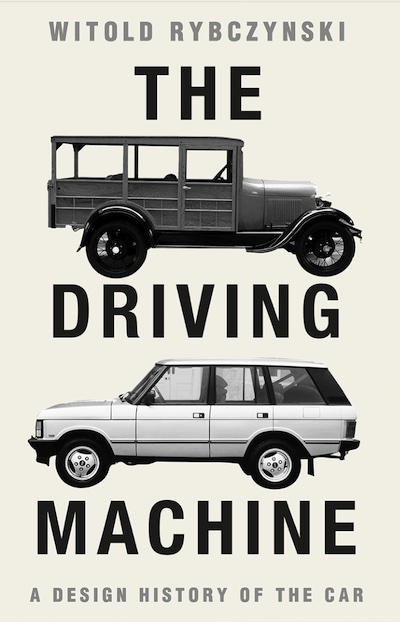
THE WAY WE LIVE TODAY
I am a latecomer to the Jordan Peterson phenomenon. I haven’t read any of his books but I have listened to numerous lectures and interviews. A 2018 interview with NYU professor Jonathan Hardt, founder of the Heterodox Academy, about the causes for the unravelling of the contemporary university touched me close to home. Peterson appeared on the social media battlefield after involving himself in a free speech controversy with the University of Toronto, his employer. Peterson’s views have made him a lightning rod for radical left-wing critics who have trotted out the usual accusations: hate-speech mongerer, fascist, racist, white supremacist. Peterson collects native Canadian art from coastal British Columbia, and has formed a friendship with Charles Joseph, an accomplished Kwakwaka’wakw carver from the Ma’amtaglia-Tlowitsis tribe. In a blanketing ceremony Peterson was given a Kwak’wala name and made an honorary member of Joseph’s family. Unexpected for a racist white supremacist.
Photo: Carving, Charles Joseph

COSY GLASS BOX
The current exhibition at the Farnsworth House gets rid of all the Mies furniture, which was never a part of the original decor, and recreates the interior as it was when when Dr. Farnsworth actually lived in the house. There are Moroccan rugs on the travertine floor, and wooden chairs and chaises longues—mostly Scandinavian (Risom, Matthson, Wegner), although the curators didn’t hang stuff on the pristine primavera as the good doctor did. I notice that she turned the freestanding closet ninety degrees to create a more intimate bedroom (there is such a thing as too much glass). The result is a revelation—the house is, if not cosy, at least humane. A home, not a shrine to the architect. I hope they keep it that way.
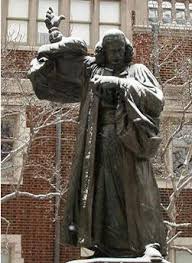
WHAT’S NEXT
Last week, the University of Pennsylvania announced plans to remove its statue of George Whitefield, a famous eighteenth-century British preacher, due to his condoning slavery. What was the statue, made by R. Tait McKenzie in 1919, doing at Penn? Whitefield was a lifelong friend of Benjamin Franklin, the founder of the university. Moreover, as the Penn website notes: “Franklin chose the Whitefield meeting house, with its Charity School, to be purchased as the site of the newly formed Academy of Philadelphia which opened in 1751, followed in 1755 with the College of Philadelphia, both the predecessors of the University of Pennsylvania.” Apparently Franklin, who published several of the preacher’s texts, was more tolerant than his successors. But the mob has its own reasons, or in this case putative reasons, for Penn’s action appears to have been preventative. Whitefield had to go. But what’s next? Architecture often assumes a commemorative function, must it, too, be cancelled in this misbegotten attempt to rewrite history? If Jefferson and Washington are suspect, what about their homes, Monticello and Mount Vernon. To make matters worse, the houses were built with slave labor. The architecture of both was influenced by the prevailing eighteenth-century fashion for Classicism,
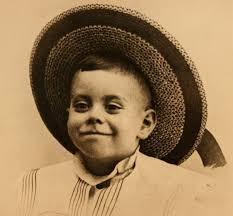
ANYTHING GOES
It was the great Cole Porter’s birthday on June 9. In 1934 he wrote the musical Anything Goes.
The world has gone mad today
And good’s bad today
And black’s white today
And day’s night today . . .
And though I’m not a great romancer
I know that you’re bound to answer
When I propose
Anything goes
Seems about right.
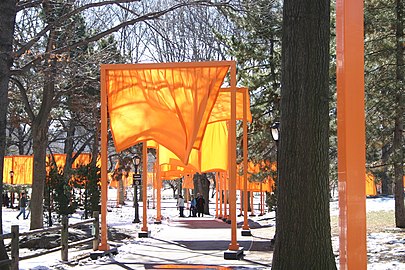
AT THE PEARLY GATES
I note that Christo Javacheff passed away recently. I was not a fan of his work. On the occasion of his and Jeanne-Claude’s Gates project in Central Park I wrote in 2005 in Slate: “Jeanne-Claude has been quoted as saying that she thinks that Olmsted would be “very happy” with the installation. My guess is that he would have hated it.”
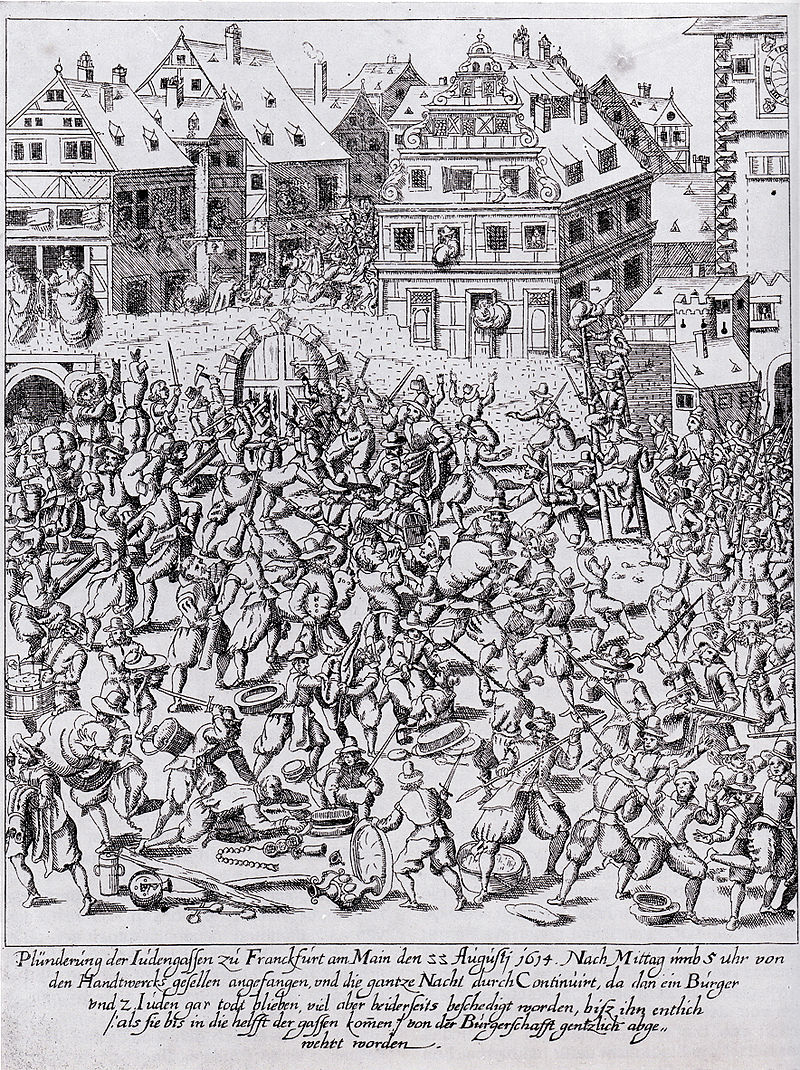
THE THIN VENEER
The veneer of civilization is perilously thin. I was living in Montreal during the 1969 policemen and firemen’s strike. It lasted only sixteen hours but that was long enough for things to unravel. For the first half day, drivers observed traffic light signals, then they started to go through orange lights, and pretty soon they were disregarding red lights altogether. That was only the beginning. According to the CBC, which called it a night of terror: “At first, the strike’s impact was limited to more bank robberies than normal. But as night fell, a taxi drivers’ union seized upon the police absence to violently protest a competitor’s exclusive right to airport . . . Shattered shop windows and a trail of broken glass are evidence of looting that erupted in the downtown core. With no one to stop them, students and separatists joined the rampage.” Looting was widespread; a provincial policeman was shot and killed. (Those calling for defunding the police should study the Montreal example.) Another example. The New York City 1977 blackout started in the evening and lasted all night and most of the following day. The result was extensive lawlessness, looting, and arson. Thirty five blocks of Broadway were destroyed.

